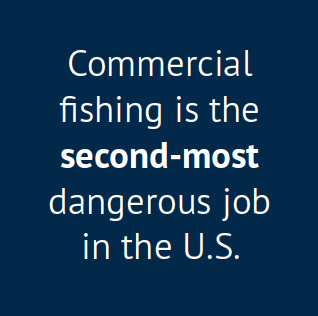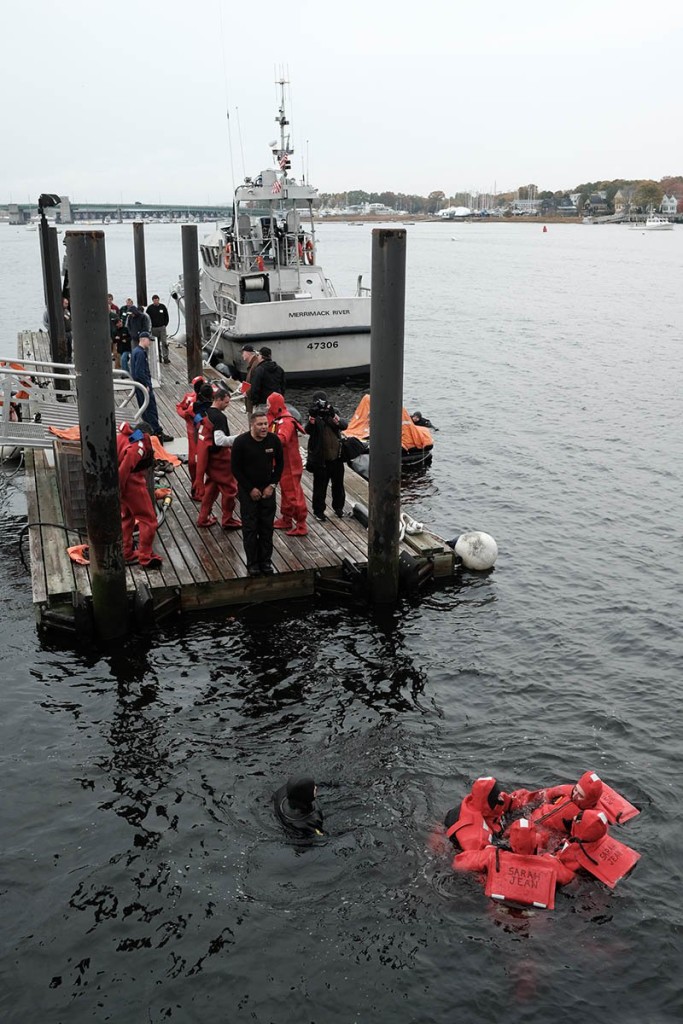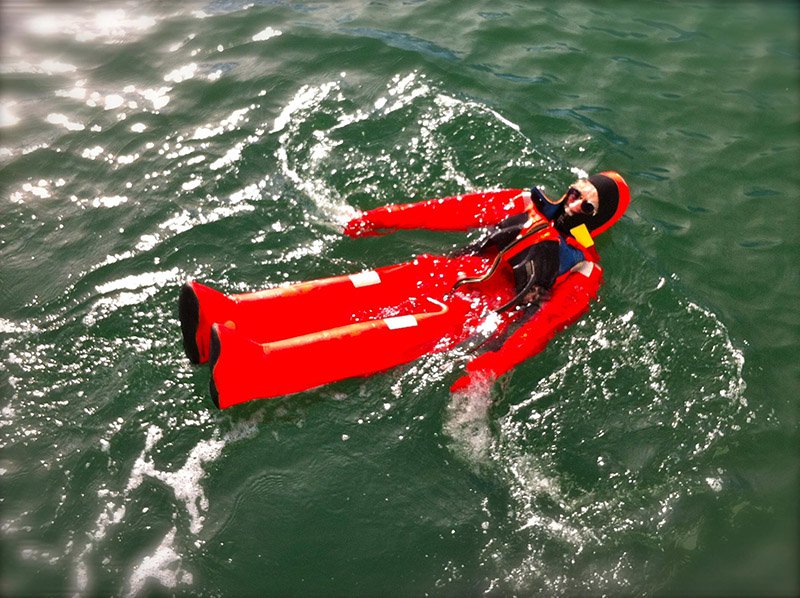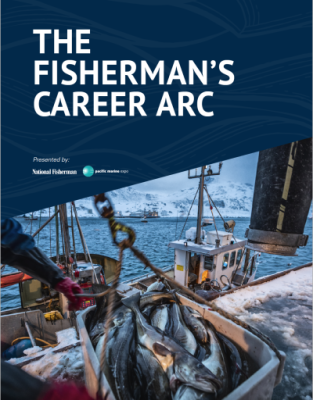If you’re interested in a career as a commercial fisherman, you likely have alreadyheard the news: Commercial fishing is amongst the most dangerous occupationsyou can have. The Bureau of Labor Statistics reports that commercial fishing is thesecond-most dangerous job in the United States, with 77.4 fatal injuries for every100,000 workers.
Looking for a more dangerous job? Try logging.
While that still doesn’t mean death is a likelihood, it does emphasize the importance of safety when working the decks.
 Further, if you want to make commercial fishing your life’s work, you’re going tofind yourself responsible for the lives of others, whether as a captain or a mate overseeing greenhorns. Having all of your safety bona fides is vital to moving up the ranks, as well as staying alive.
Further, if you want to make commercial fishing your life’s work, you’re going tofind yourself responsible for the lives of others, whether as a captain or a mate overseeing greenhorns. Having all of your safety bona fides is vital to moving up the ranks, as well as staying alive.
It’s also the law. Any fishing vessel 5 net tons or greater (a measure
of cubic volume; equalling 500 cubic feet) has to have a Certificate
of Documentation in order to legally land fish, and a Certificate of Documentation carries with it any number of safety demands. Further, literally any vessel that catches fish for purpose of selling them (and that includes things like muscles and scallops), must comply with a variety of regulations. Even a sport-fishing vessel.
Getting Training
The leading voice in commercial fishing safety is the Alaska Marine Safety Education Association, which, despite its name, operates
safety trainings all across North America. Generally, for commercial fishermen, their courses are either free or provided at greatly reduced prices. Expect to drop no more than about $50 to $100, depending on the course type.
First, many fishing vessels — essentially, anyone operating outside the boundary line at any time, or any vessel with 16 or more people on board — must have at least one person, and sometimes more than one, with valid CPR and First Aid training certifications. If you have one, you’re going to be more valuable to your vessel, regardless.
Generally, these trainings are a full day and in-person and cover the general First Aid you’re likely to need when on the water, everything from drowning and hypothermia to common fishing injuries like lacerations, sprains and bruises to standard CPR (“cardiopulmonary resuscitation, FYI) and use of the AED (automatic external defibrillator) in case a crew member has a heart attack or stops breathing.

In addition, these kinds of vessels must have an individual on board who is in charge of making sure every crew member is drilled on various safety and emergency situations. That person needs to be a certified Fishing Vessel Drill Conductor. Again, this is usually the captain, but having this certification could make you very valuable on board a larger fishing operation.
Largely, these trainings run a long single day, with about 10 hours of instruction, and they cover a wide variety of situations. Not only do you need to train crew members to be able to put out emergency signals and distress calls, fight fires, and recover men overboard, but everyone on board needs to know how to survive in cold water, get their immersion suit on in a hurry, and deploy and board life rafts. These drills must be done at least once a month for at least 10 different scenarios and records must be kept.
Sometimes, vessels will have someone from outside the crew conduct these drills, but that’s obviously not going to happen while out at sea. As for equipment, that should be supplied by the vessel you sign on with. If you’re the captain or operating your own vessel, some of the safety equipment can add up:
• Ring Buoys: $75 to $500 each
• Throw Ropes: $50 to $100 each
• Crew Trackers and Beacons: $15 to $500
• Life Jackets and PFDs: $150 to $500
• Flare Kits: $50 to $150
• Strobes, Horns, and other Signals: $25 to $300
• Fire Extinguishers: $30 to as much as $3,000 for a full array
• Survival Rafts: $1,000 to $4,000
• Immersion Suits: $400 to $500
• Vapor and Fire Detectors: $25 to $500
Plus a variety of small items like First Aid kits, hand warmers, durable lighters, and all other manner of things that might be important in an emergency. Many commercial fishermen will buy some of these items on their own, if they have a personal preference they’re concerned won’t be met on board.
No one cares about your life as much as you do.








